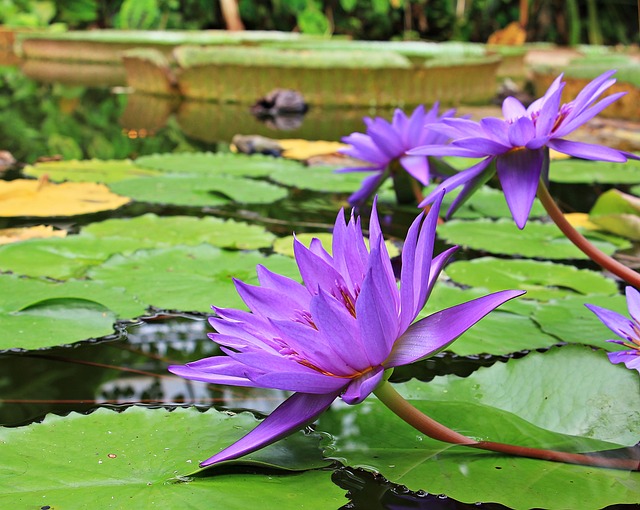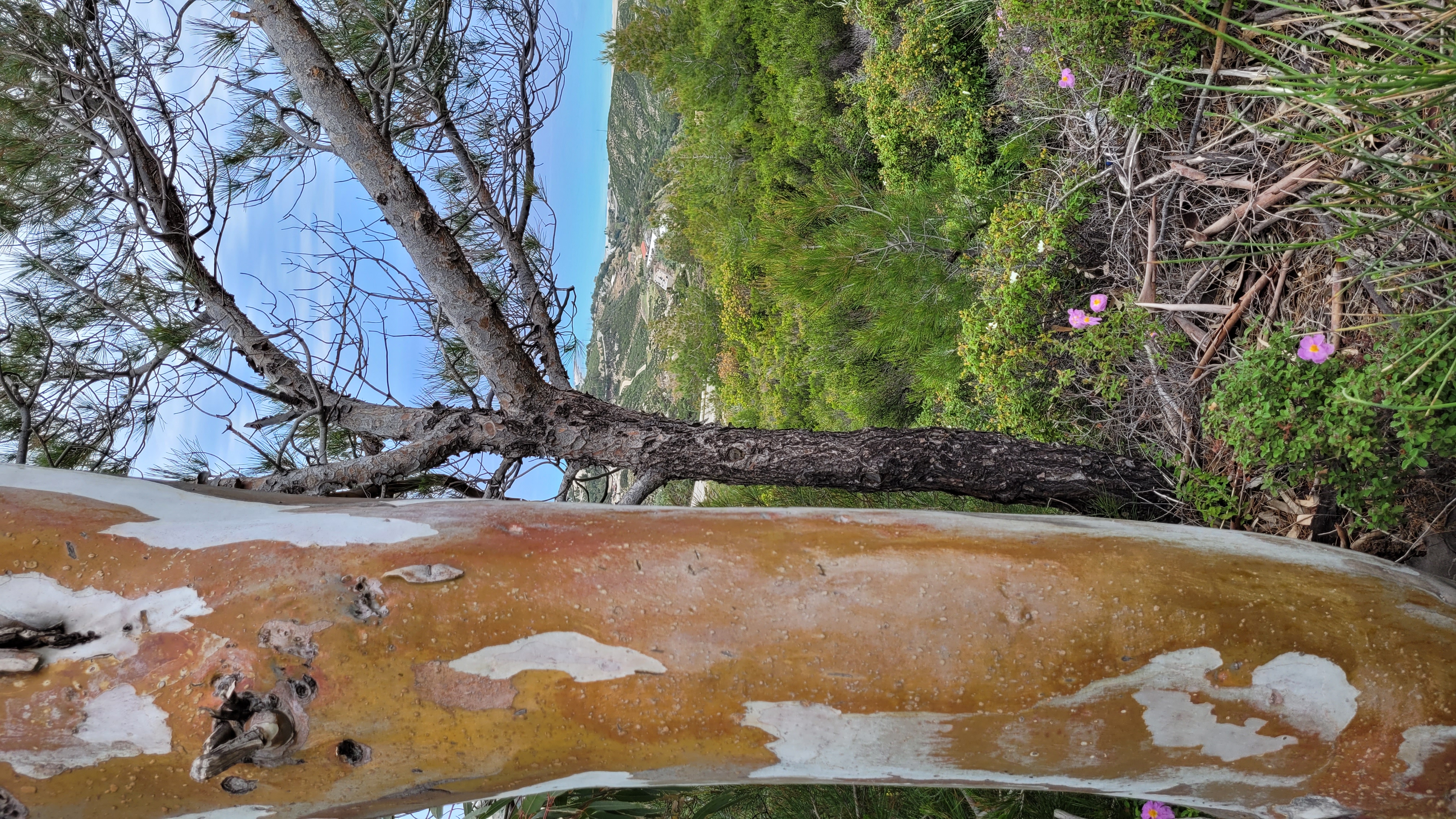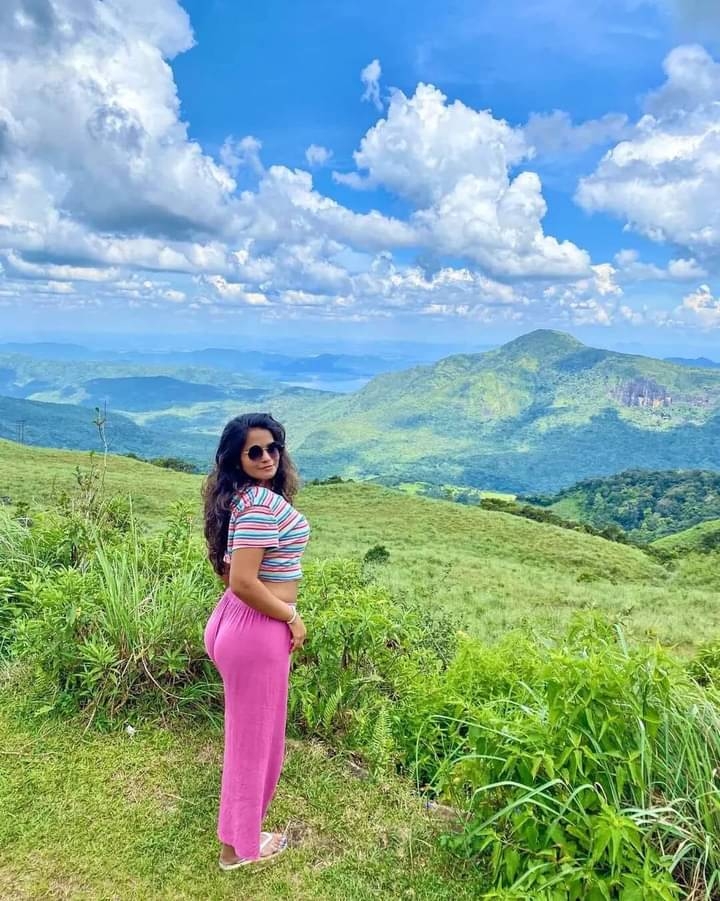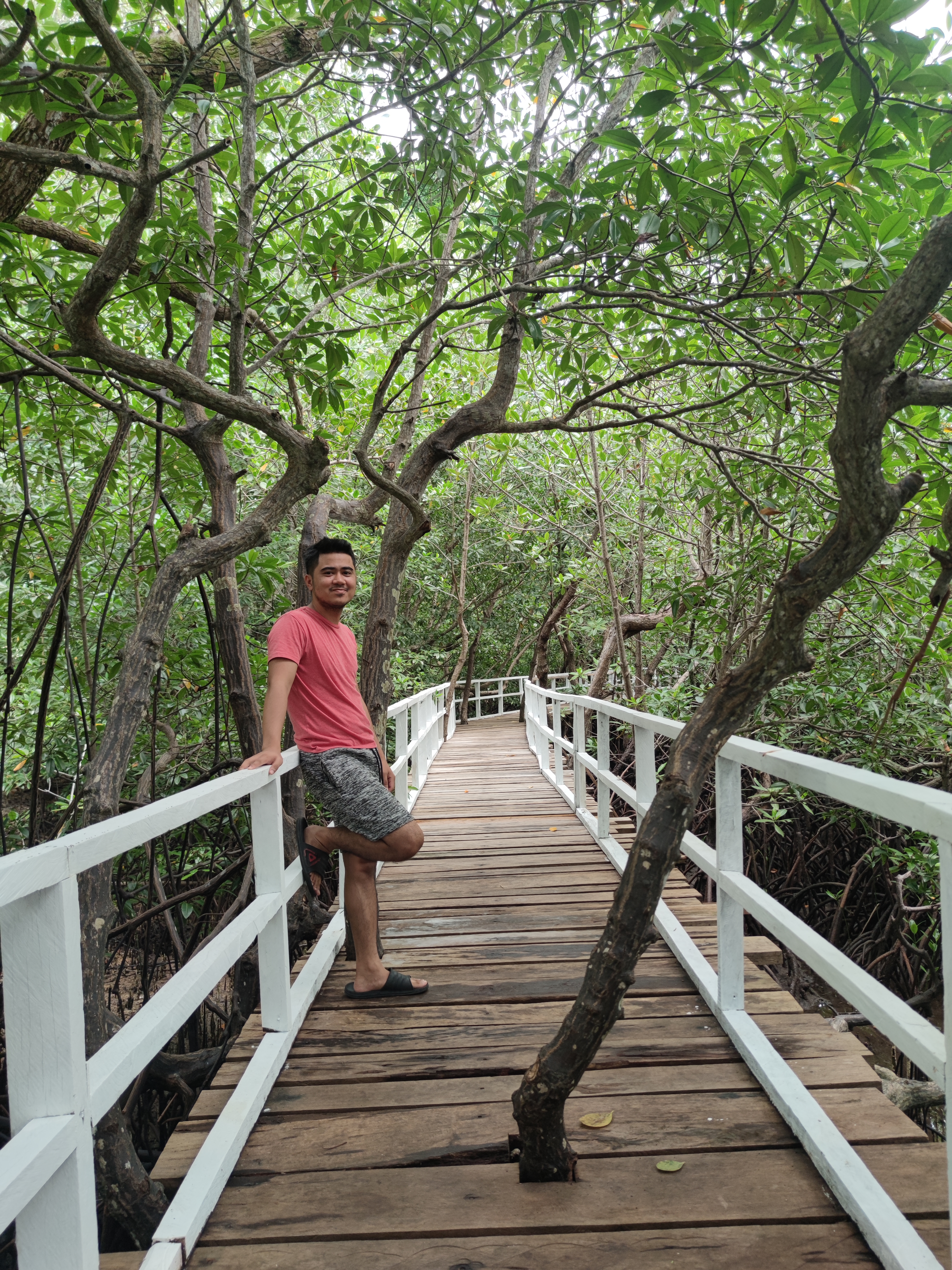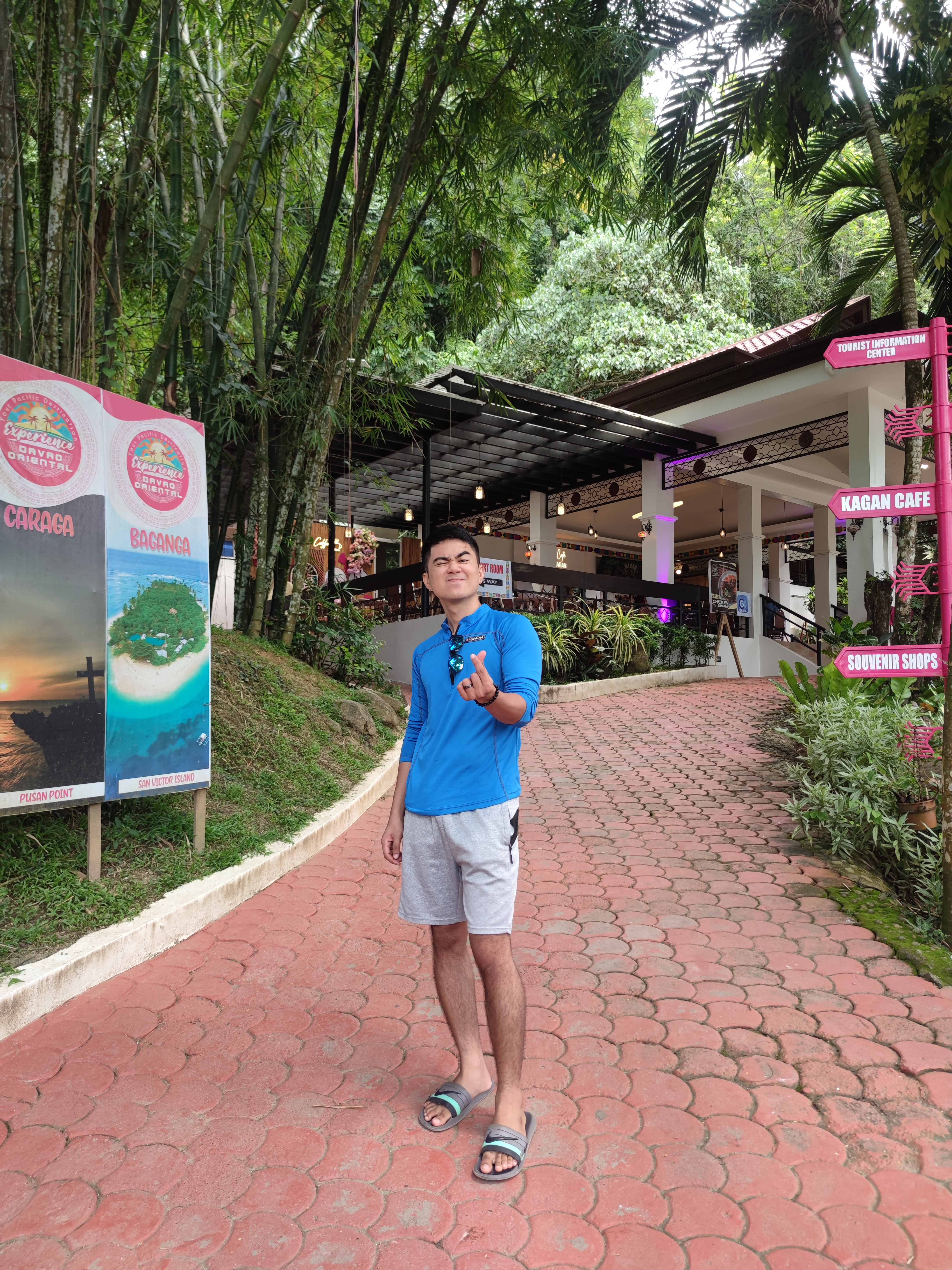🌿 Welcome to Green Haven! 🌿
Step into a world where nature's embrace awaits you at every turn. 🌼🌳
At Green Haven, we invite you to discover the enchantment of a place where tranquility meets the vibrant beauty of thriving landscapes. 🌱✨
Whether you're a passionate gardener, a nature enthusiast, or simply seeking a serene escape, our verdant sanctuary offers a haven for all who seek solace in the embrace of greenery. 🌿🌸
Explore our lush gardens, meandering pathways, and flourishing flora – each corner tells a story of nature's magnificence. 🌺ðŸƒ
Join our community of kindred spirits, engage in workshops, find inspiration, or simply lose yourself in the serenity of our natural haven. 🌳🌻
Embrace the tranquility, discover the wonders of Green Haven, and let nature's peace rejuvenate your soul. Welcome to a world where every leaf whispers tranquility, and every petal holds the promise of beauty. 🌿🌟
We invite you to explore, connect, and find your piece of paradise amidst the greenery. Welcome to Green Haven – where nature thrives, and your journey to serenity begins. 🌿💚
#GreenHaven #NatureSanctuary #TranquilEscape
🌿 Ready to Explore Green Haven? 🌿
Discover the tranquility and beauty of our sanctuary firsthand! Click the link below to immerse yourself in the wonders of Green Haven:
Explore Green Haven Now!
🌿 Welcome to Green Haven! 🌿
Step into a world where nature's embrace awaits you at every turn. 🌼🌳
At Green Haven, we invite you to discover the enchantment of a place where tranquility meets the vibrant beauty of thriving landscapes. 🌱✨
Whether you're a passionate gardener, a nature enthusiast, or simply seeking a serene escape, our verdant sanctuary offers a haven for all who seek solace in the embrace of greenery. 🌿🌸
Explore our lush gardens, meandering pathways, and flourishing flora – each corner tells a story of nature's magnificence. 🌺ðŸƒ
Join our community of kindred spirits, engage in workshops, find inspiration, or simply lose yourself in the serenity of our natural haven. 🌳🌻
Embrace the tranquility, discover the wonders of Green Haven, and let nature's peace rejuvenate your soul. Welcome to a world where every leaf whispers tranquility, and every petal holds the promise of beauty. 🌿🌟
We invite you to explore, connect, and find your piece of paradise amidst the greenery. Welcome to Green Haven – where nature thrives, and your journey to serenity begins. 🌿💚
#GreenHaven #NatureSanctuary #TranquilEscape
🌿 Ready to Explore Green Haven? 🌿
Discover the tranquility and beauty of our sanctuary firsthand! Click the link below to immerse yourself in the wonders of Green Haven:
Explore Green Haven Now!




